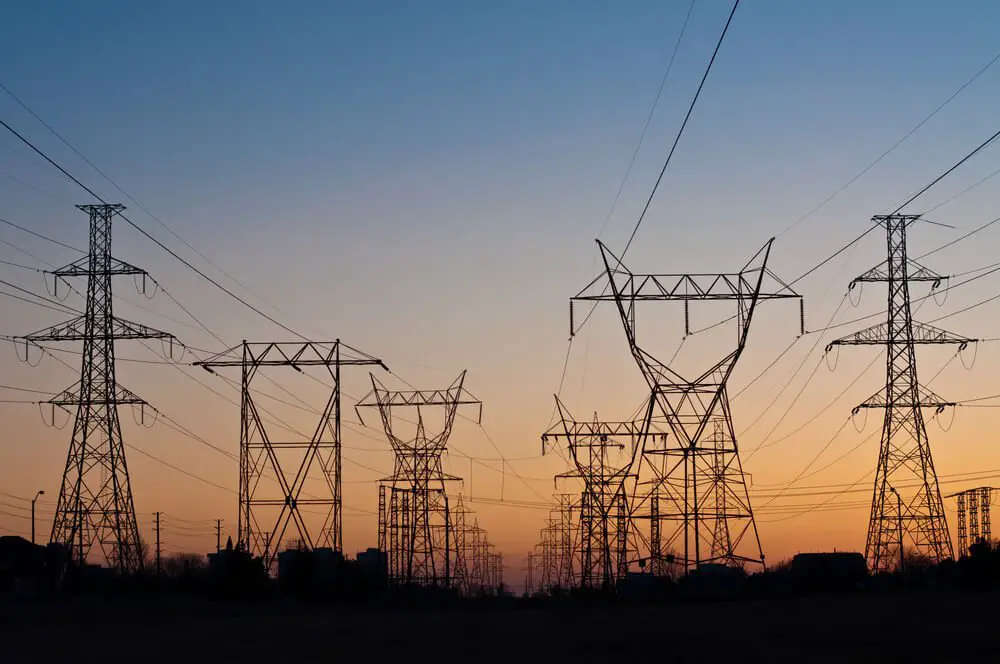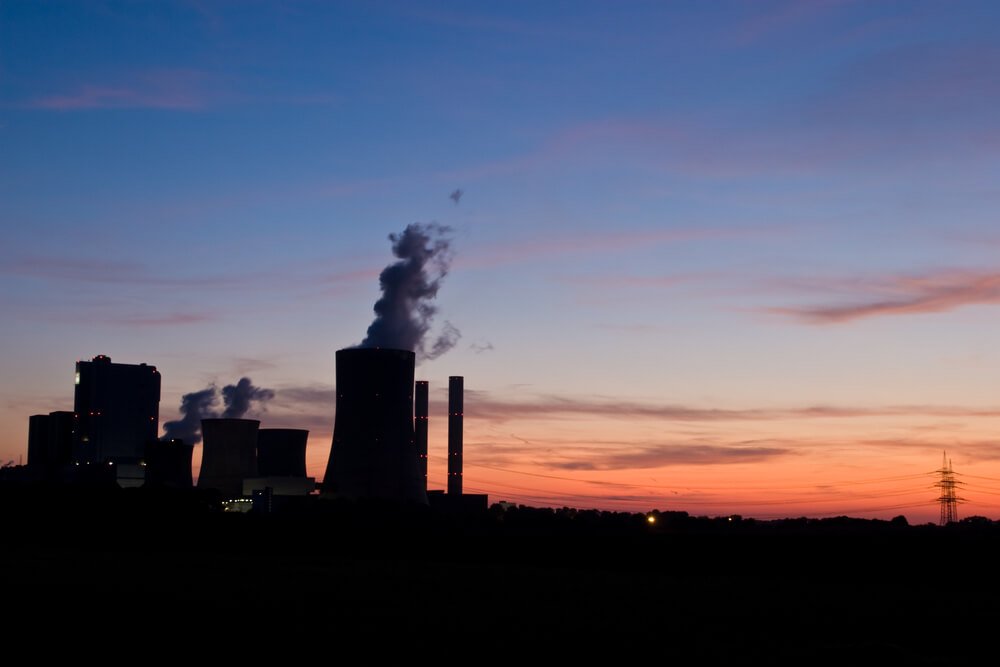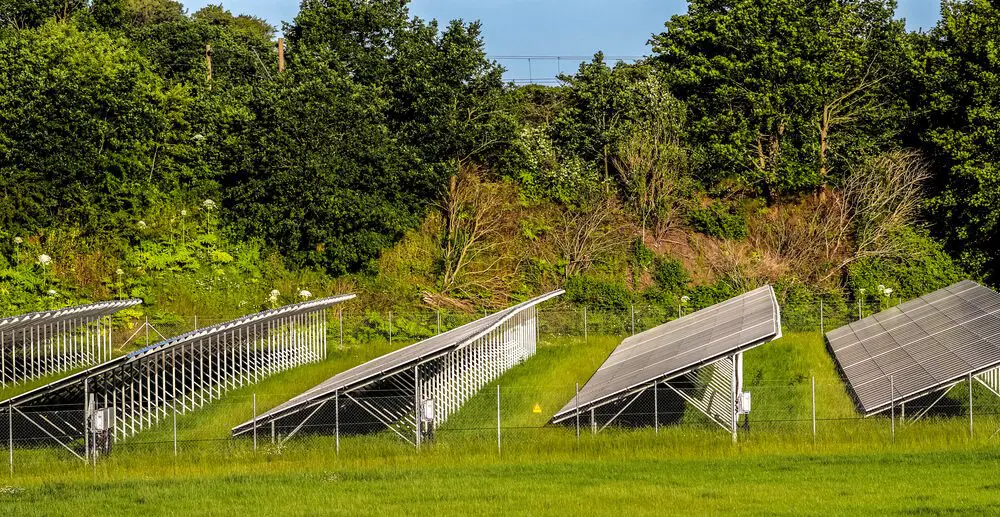What are Fossil Fuels?
Decomposing plants and other species have created the carbon-rich reserves we call fossil fuels, buried behind layers of sediment and rock.
Heat and pressure transform these materials into oil, natural gas, and coal over millions of years. On our globe, there is a finite amount of fossil fuel.
As a result, it is a non-renewable resource. We will run out of fossil fuels if we continue to consume vast amounts of them.
Does Electricity Use Fossil Fuels?
Yes! Around 80 percent of the world’s energy comes from fossil fuels. They provide electricity, heat, transportation, and fueling the manufacturing processes that produce everything from steel to plastics.
When we burn fossil fuels, carbon dioxide and other greenhouse gases are released, trapping heat in our atmosphere and making fossil fuels the leading cause of global warming and climate change.
How can we create electricity from fossil fuels?
To generate electricity, we have to burn fossil fuels. Thermal generating is the word used to describe the process of burning substances to create electrical energy.
The combustion process does not generate electricity.
- The large boilers that are filled with water heat up when you burn the oil and coal
- Water turns into steam as a result of this process. In the boiler, the moisture creates a lot of pressure
- A steam turbine rotates by force. This powers a generator, which generates electricity
In natural gas plants, the procedure is slightly different. Instead of steam turbines, natural gas facilities employ gas turbines.
Natural gas combusts in the presence of air in a gas turbine.
The turbine spins because the hot air expands.
The turbine’s rotation powers a generator, and that generates electricity. Wind and water movement can also rotate turbines.
Generators are mechanical energy converters that convert mechanical energy to electrical energy.
The rotor is turned first by the pressure of hot air. A rotor is a shaft located at the generator’s center.
The rotor connects to a wire coil—the wire spins inside a stator, which is a stationary magnet that surrounds it.
Electrons are pushed along the wire by the magnetic field. An electric current develops as a result of this.
Electromagnetic induction is the name for this process.
What is the Maximum Amount of Energy That Fossil Fuels can Produce?
We use fossil fuels because they have a higher energy density than other sources. One kilogram of natural gas, for example, has 53.1 megajoules of energy.
You’ll only find 19.8 megajoules contained in a kilogram of wood.
That means a kilogram of natural gas creates significantly more electricity than a kilogram of wood.
For a year, you need 325 kilograms of coal to power one 100-watt incandescent light bulb 24 hours a day.
Each year, a typical 500-megawatt coal power plant generates roughly 3.5 billion kilowatt-hours.
That’s enough energy to run 4 million light bulbs for a year at full brightness.
Fossil Fuels’ Advantages in Electricity Generation
Using fossil fuels to generate power is a low-cost option.
That’s due to the ease with which you can extract oil, natural gas, and coal from the earth.
Because of their great energy density, fossil fuels are simple to store and transport.
The equipment required to extract, transport, and utilize fossil fuels is already in place.
That makes them much more cost-effective to utilize. Weather is also not a factor with fossil fuels.
Because of these features, fossil fuels are a dependable supply of energy.
Fossil Fuels’ Disadvantages in Electricity Generation
Fossil fuels appear to be a useful source of electricity since they are simple to utilize and inexpensive.
However, the cost of fossil fuels to civilization is significantly larger than their current price tag. The burning of fossil fuels adds to global warming.
Because it emits carbon dioxide and other greenhouse gases into the atmosphere, this is the case.
One of the major producers of greenhouse emissions is electricity generation. It is responsible for nearly a quarter of all worldwide emissions.
Other pollutants develop when we use fossil fuels to generate energy.
Coal and oil combustion, for example, emit nitrogen oxides and sulfur dioxide gas. Acid rain, which affects soils, forests, lakes, and rivers, can be caused by these pollutants.
Particulate matter is released into the air when fossil fuels, primarily coal, are burned.
Heart attacks, strokes, lung cancer, and other disorders can all result from particulate matter.
Burning fossil fuels has a number of drawbacks.
However, burning fossil fuels has enabled us to make significant progress as a species.
Electricity was only possible for many decades due to fossil fuels.
It also enhanced people’s lives all across the world. Many developing countries rely on fossil fuels for their energy needs.
Fossil fuels, they believe, can help eliminate poverty by increasing energy production






